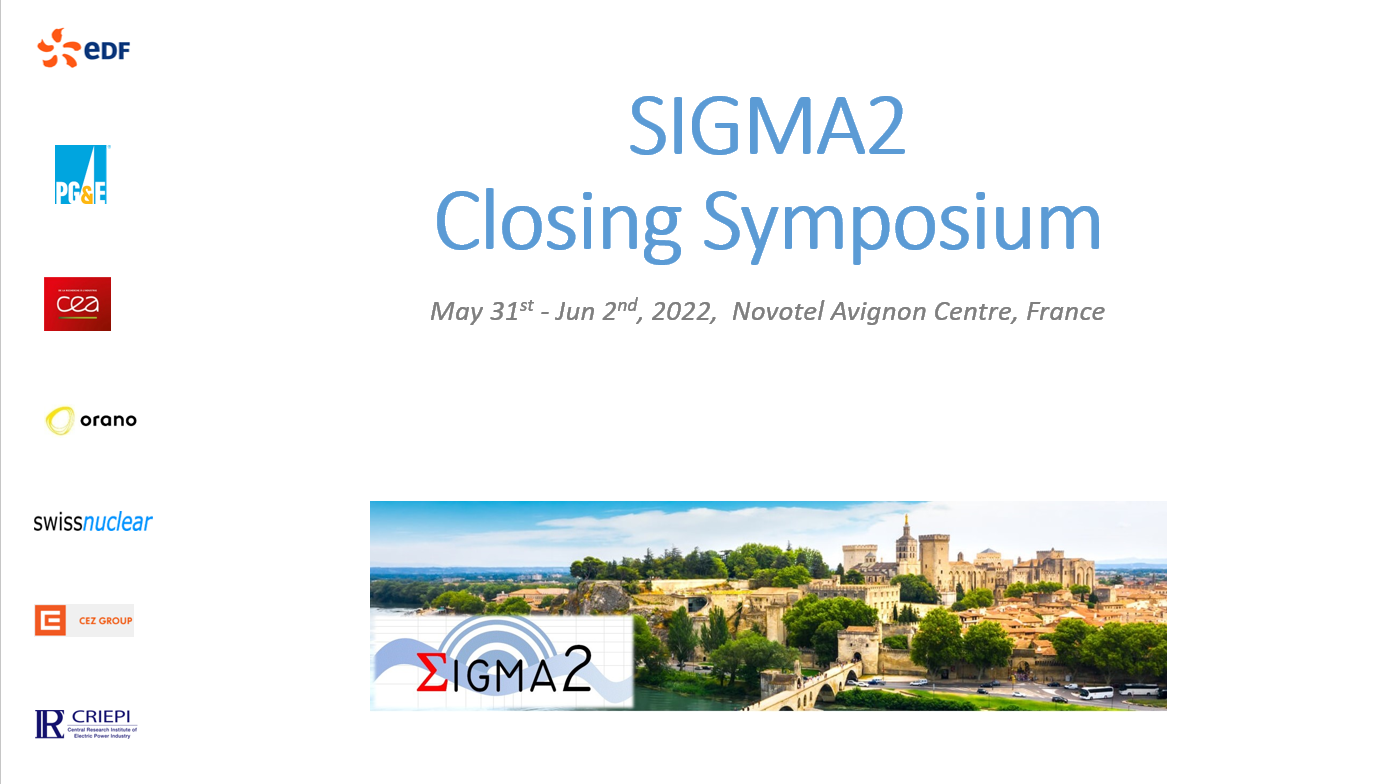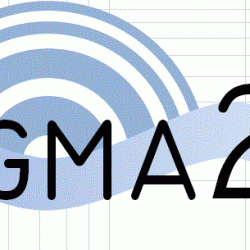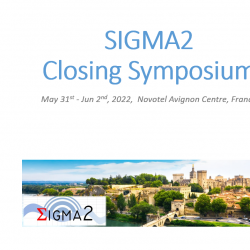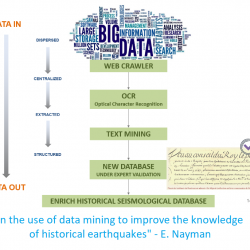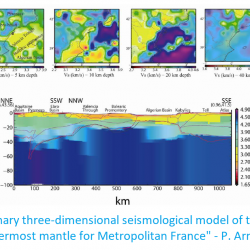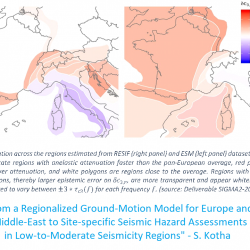Action 3.1.1: Ground Motion High frequency attenuation proxy (“Kappa project”)
Motivation:
- In site-specific seismic hazard assessment studies, the soft-rock ground-motion predictions from existing ground motion models are commonly adapted for hard-rock site conditions using the “kappa” scaling. This model has been the standard approach for computing hard-rock ground motions for the last 20 years in the central and eastern US (CEUS), and has recently become the standard practice also in Europe and other regions of the world. This approach leads to a large increase in the high frequency (> 10 Hz) ground motions as compared to soft-rock (“standard” rock) ground motions, e.g. in the western US (WUS), Italy, Turkey.
- An initial evaluation performed on empirical data indicates a weaker dependence on kappa than found using the standard approach (Kishida, et al, 2016; Ktenidou & Abrahamson, 2016). This result, however, requires further evaluation to make sure that it is robust and is not the result of trade-offs with other parameters in the data sets.
- The amount of available ground motion data on hard-rock sites has greatly expanded worldwide during the last years. However, the dependence of the high-frequency ground motion on kappa has not yet explicitly been addressed.
Main objective:
This research task addresses the high-frequency scaling of ground-motion models for hard-rock sites. The main goals are to develop empirical model for hard?rock site factors, to calibrate kappa and crustal amplification factors for hard?rock sites and to develop recommendations for computing ground motions for hard?rock sites for the WUS (Western United States), CEUS (Central and Eastern United States) and Europe.
Program of research
The work plan includes the following steps:
- Collection of ground motion data and site characteristics including deep crustal properties (depth to basement, geology, shear-wave velocity, etc.) for soft-rock and hard-rock sites In the CEUS, WUS and Europe;
- Evaluation of the need and performance of site characterizations for hard-rock sites;
- Systematic measure of kappa following a homogeneous technique (Kishida et al., 2016);
- Analysis of potential correlation between deep crustal structure properties and kappa values;
- Comparison of the results with the dataset that had been used to develop the standard model (EPRI 1995 dataset);
- Development of new empirical hard-rock site factors and scaling of high-frequency ground motions with kappa;
- Calibration of kappa and crustal amp factors for hard-rock sites for use in point-source stochastic model;
- Development of recommendations for computing ground motions for hard-rock sites for the WUS, CEUS and Europe.
Organization:
- Type: Scientific Partnership (3 years).
- Collaboration: University of California - Berkeley, EDF.
- Status: In progress (start date: 2017).
References
Kishida, T., Ktenidou, Olga-Joan, Darragh, R.B., Silva, W.J . (2016). Semi-Automated Procedure for Windowing Time Series and Computing Fourier Amplitude Spectra for the NGA-West2 Database. Pacific Earthquake Engineering Research Center (PEER), Report 2016/02.
Ktenidou, O. J., & Abrahamson, N. A. (2016). Empirical estimation of high?frequency ground motion on hard rock. Seismological Research Letters, 87(6), 1465-1478.

